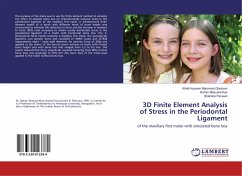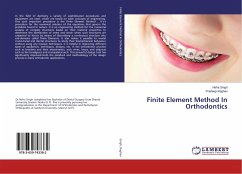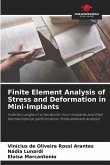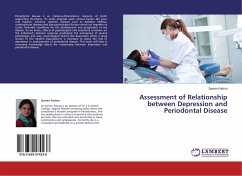The purpose of the study was to use the finite element method to simulate the effect of alveolar bone loss on orthodontically induced stress in the periodontal ligament of the maxillary first molar. A 3-dimensional finite element model of a tooth with different levels of bone height was constructed to estimate the reduction in force and the increase in moment to force (M/F) ratio necessary to obtain evenly distributed stress in the periodontal ligament of a tooth with horizontal bone loss. The 3- Dimensional finite model comprise a maxillary first molar, the periodontal ligament, and alveolar bone and consisted of 34905 nodes and 257648 isoparametric eight - node solid elements. An anterior force of 300g was applied at the center of the buccal crown surfaces of teeth with normal bone height and with bone loss that ranged from 2.5 to 6.5 mm. The results showed that force magnitude required lowering from 80% (2.5mm bone loss) and gradually to 35% (6.5 mm bone loss) of the initial load applied to the tooth without bone loss.








